Inside Kelmscott Manor, William Morris's 'heaven on earth' in the Cotswolds
Kelmscott Manor, Oxfordshire, is a house that was beloved of William Morris, the poet, designer and founding father of the conservation movement. Today it's a property of the Society of Antiquaries of London, and has been subject to an exacting programme of repair and renovation as Jeremy Musson reports. Pictures by Paul Highnam for Country Life.
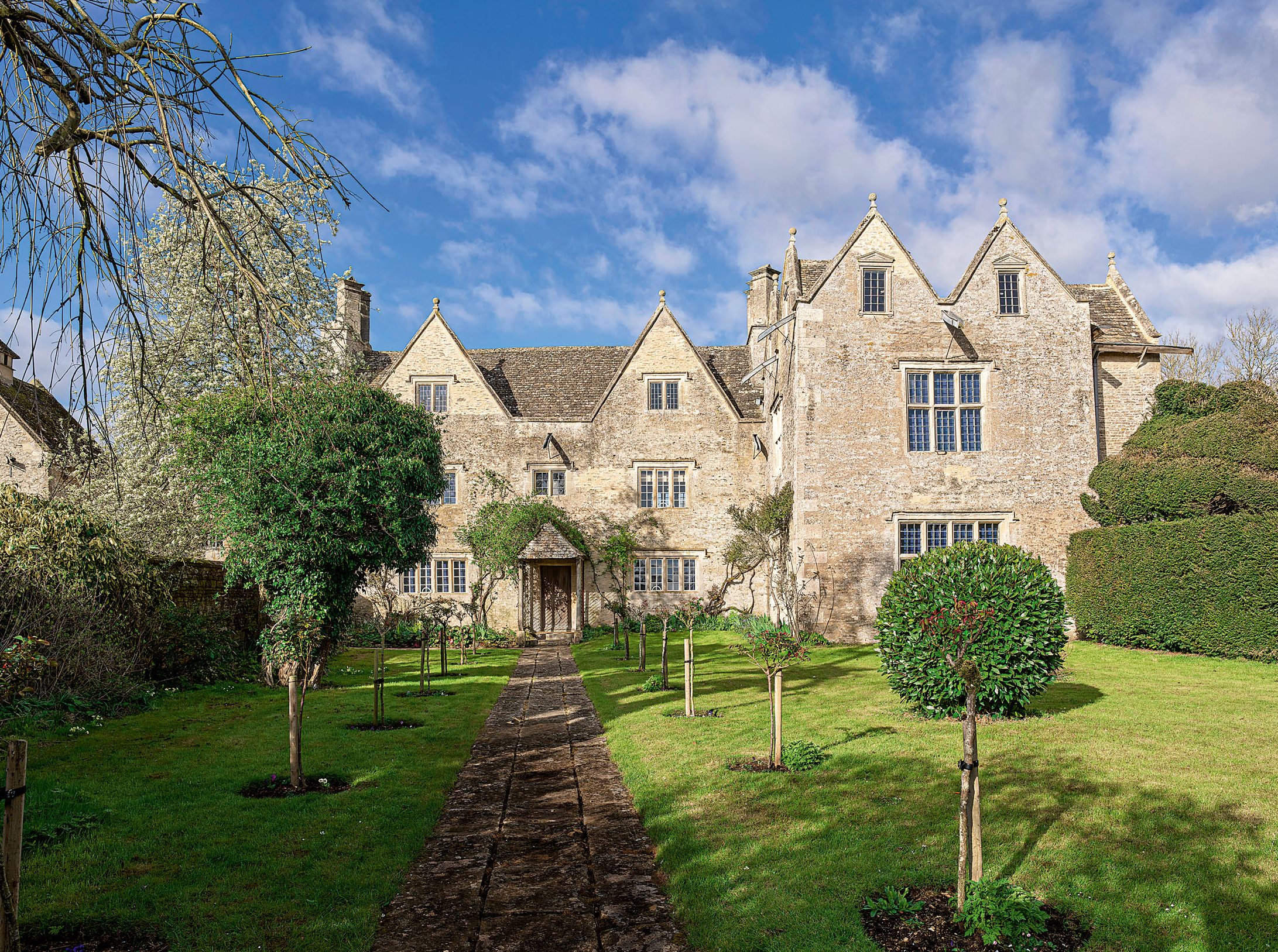
The architecture of Kelmscott Manor is woven into William Morris’s 1890 novel, News from Nowhere, in which a journey exploring utopian ideals in a post-industrial world leads, after much wandering, to a ‘many-gabled old house built by the simple country-folk of the long-past times’. There is no ‘extravagant love of ornament’ here, only a feeling that ‘the house itself and its associations was the ornament of the country life amidst which it had been left stranded from old times’ (Fig 1). It is a poignant vision that underlines both a respect for the past and an ideal of a new society based on mutual interest and support.
Today, this old stone-built farm house is best known as the Morrises’ country home, from 1871. First leased as a retreat from busy London life, it became a vital point of reference for Morris, as artist, designer and poet; it was his ‘Heaven on Earth’, and a source of profound emotional and artistic inspiration.
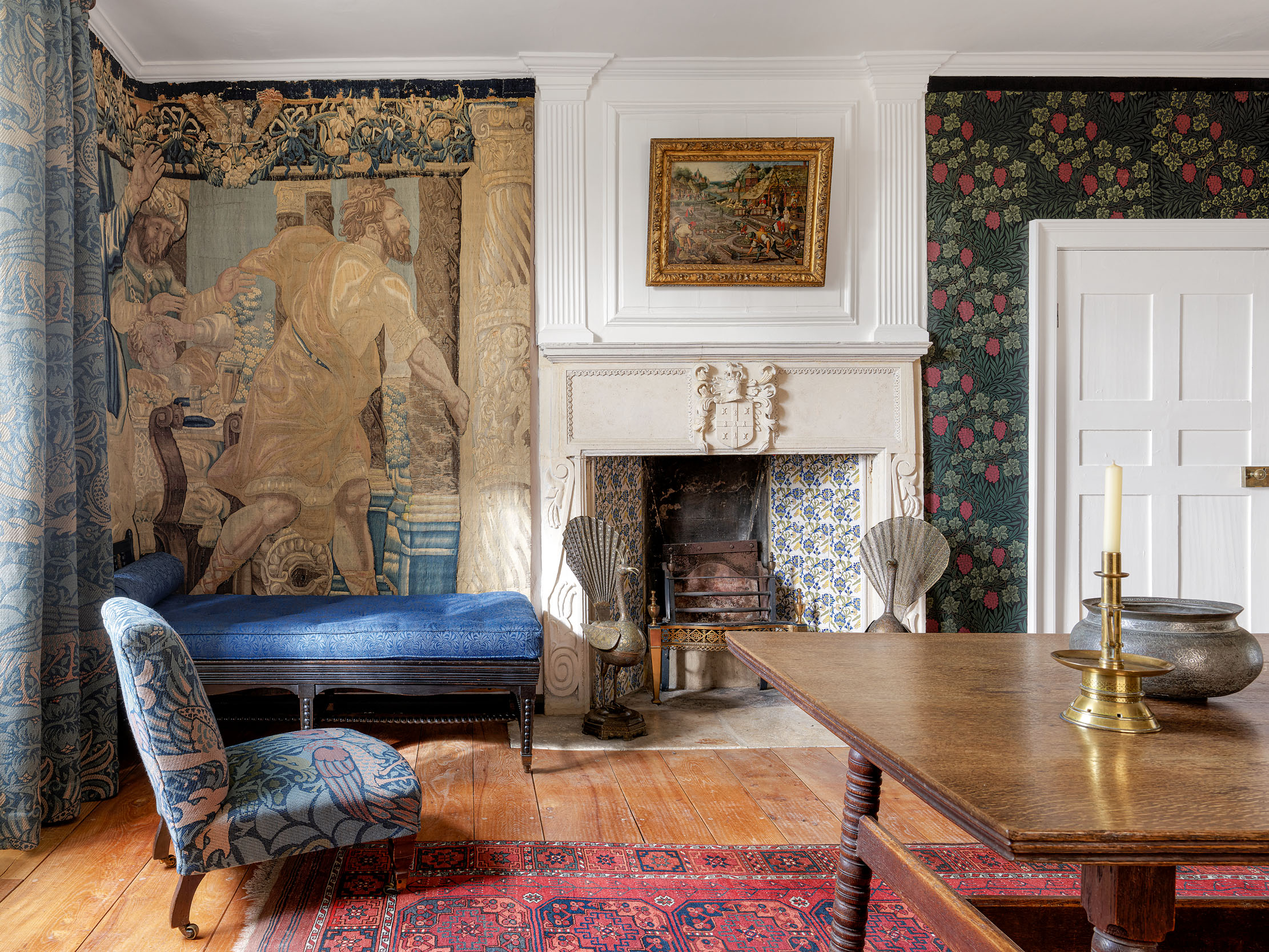
Kelmscott Manor re-opened last month, after two years of repair, conservation and refurbishment with Architecton, architects based in Bristol, and specialist builders Ken Biggs Contractors of Bristol. The project was supported by £4.7 million in grants from the National Lottery Heritage Fund, as well as many others. The property has been owned by the Society of Antiquaries of London since the mid 1960s and new research has helped to recapture the atmosphere of significant rooms, allowing Morris’s love of the place to be better appreciated. May Morris, his younger daughter, has also come more into focus; for, alongside her work as artist, embroiderer and educator she was, in effect, an early curator of Kelmscott’s interiors.
In 1871, Morris and Dante Gabriel Rossetti first took a joint lease of Kelmscott Manor from gentleman farmer Charles Hobbs. Originally known as Lower House Farm, it was built by Hobbs’s ancestor Thomas Turner in about 1600, and extended in the 1660s. The Turners had lived and worked in the local area from the 15th century and remained a key local family into the 20th century. The house only became known as ‘the Manor’ after land with a manorial title was bought by Hobbs’s uncle, James Turner in 1864.
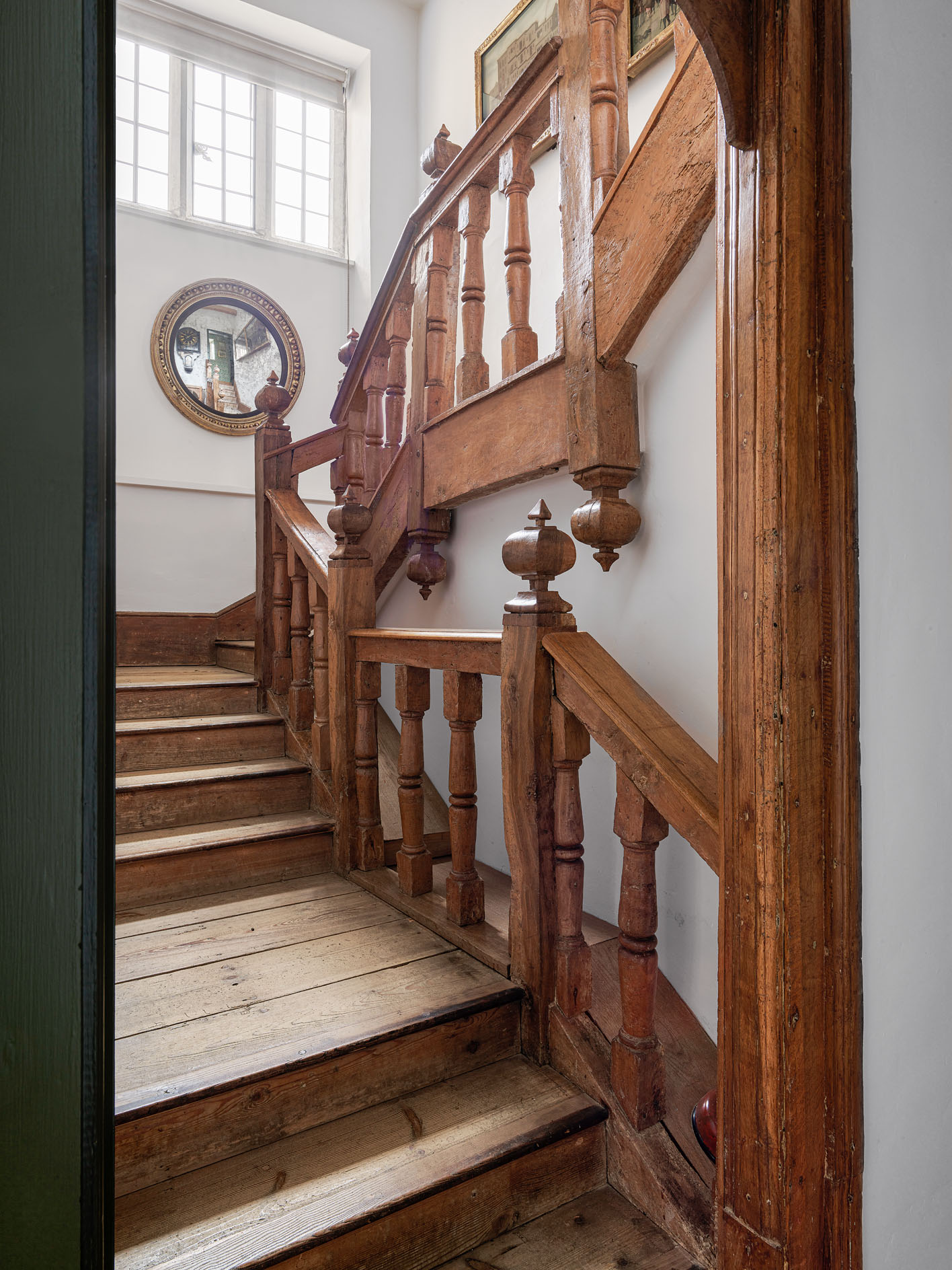
After Morris’s death in 1896, Kelmscott Manor was the principal home of his widow, Jane. The freehold was finally acquired in 1913 and, in 1914, it was inherited by her younger daughter, May, becoming a place of pilgrimage for Morris aficionados, as well as playing an important role in village life. In 1921, a pair of articles in COUNTRY LIFE captured the atmospheric simplicity of the house and the accompanying photographs can be compared to those taken by Frederick H. Evans in 1896. May’s older sister, Jenny, who suffered from epilepsy, then sadly untreatable, died before her, and May had no children, so she bequeathed the house to the University of Oxford as a scholarly retreat, together with important contents, but also with the most stringent proscriptions against modernising innovations.
The University of Oxford gave up the house in 1962 and it passed to the Society of Antiquaries of London. After managing to lift some conditions, the then dangerously unsafe roof was restored and essential modernisation was carried out in 1964–67. The society’s 2007 publication, William Morris’s Kelmscott: Landscape and History, which presented ongoing research into the archaeology and history of Kelmscott, house, village and landscape, includes a chapter by Nicholas Cooper on its architectural history. The 2018 Kelmscott Manor Conservation Management Plan, by John Maddison and Merlin Waterson, underpinned decisions for the latest programme of works. Together with essential repairs, certain elements of lost decoration and fittings have been recovered or reproduced, based on research by curator Kathy Haslam and former hon curator Peter Cormack.
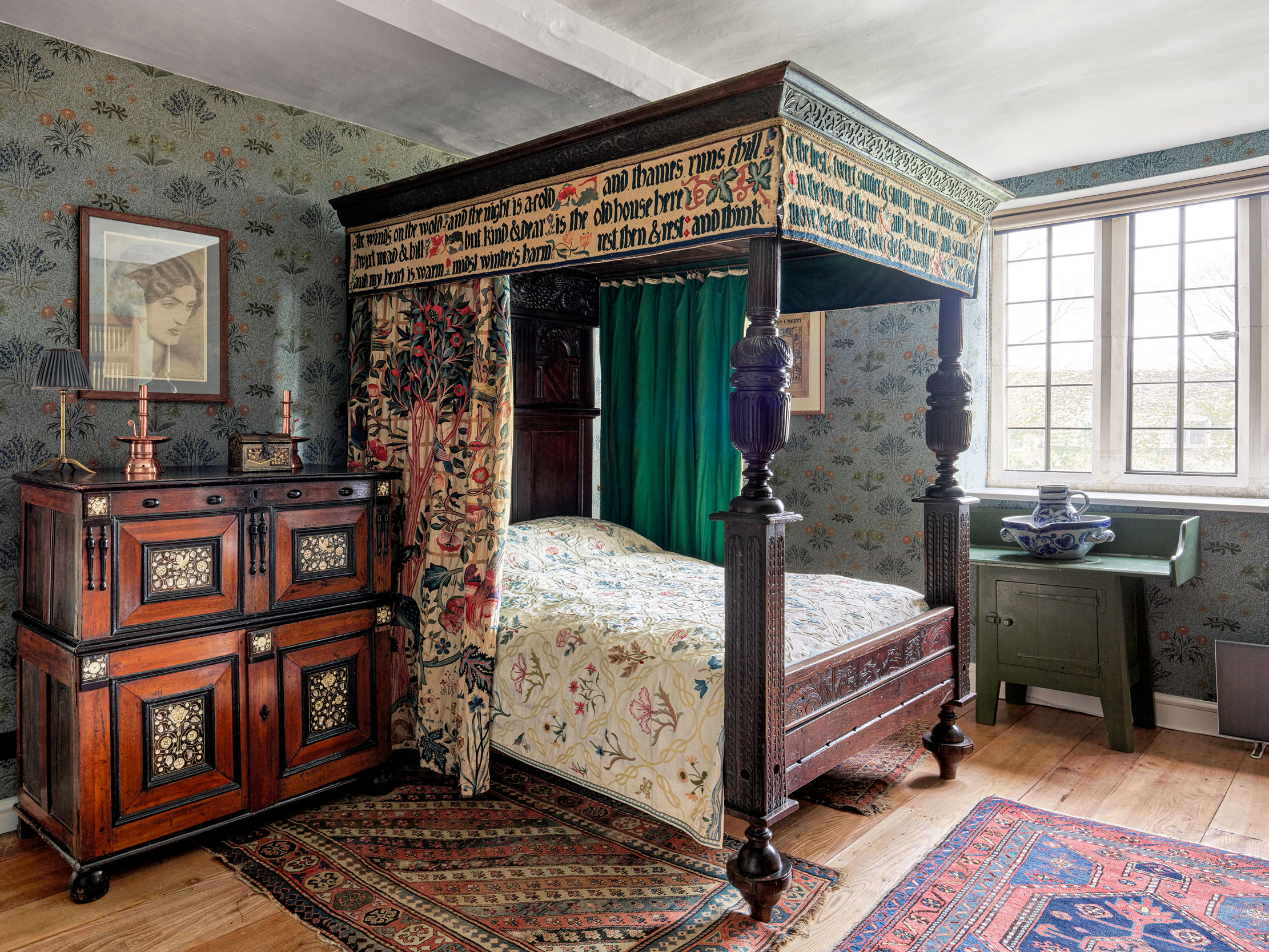
This refurbishment recognises Kelmscott as a ‘layered’ experience, as it features furniture from other Morris homes — including Red House — that arrived after Morris’s death but during the occupation of Jane and May. They all contribute to our understanding of the Morris family, of pre-Raphaelitism and Morrisian aesthetic and political ideals.
Exquisite houses, the beauty of Nature, and how to get the most from your life, straight to your inbox.
It has been suggested that Morris first took on the house to protect the reputation of Jane, who was having an affair with his friend and mentor Rossetti, with whom they first shared the lease. The affair over, Rossetti quit the house by 1874 and publisher Frederick Ellis became co-tenant, before the Morrises took it over entirely themselves as a country retreat from London, spending long periods at the house, especially in the summer. The manor and its barns, and the surrounding cottages of neighbours, became intensely important to Morris. It was, he said, a house ‘that I love with a reasonable love I think’.
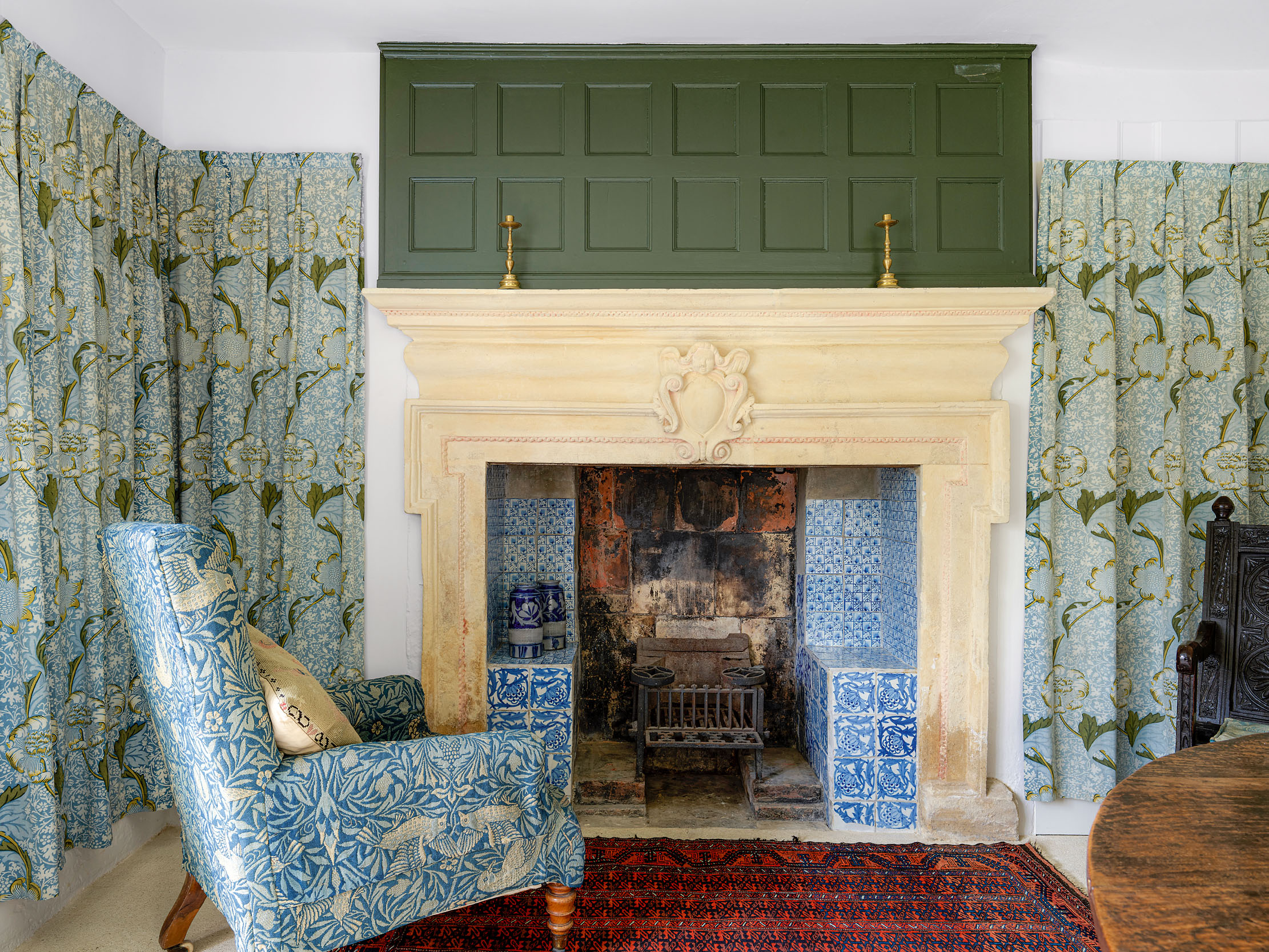
In the 1870s, the architect Philip Webb — whom Morris met when he had briefly trained in the office of G. E. Street and who had designed Red House for them in 1859 — helped the Morrises make Kelmscott Manor comfortable, the work including various improvements to fireplaces. Morris relished visitors and wrote an account of the house titled Gossip about an Old House on the Upper Thames in 1895, published by the Birmingham Guild of Handicraft. Composed as a personal guided tour, it illustrates Morris’s historic curiosity, his romantic medievalism and his instinctive designer’s eye.
After Morris’s death in 1896, Jane gave up the family’s London home, Kelmscott House, and remained at Kelmscott Manor until her death in 1914. May moved back permanently in 1923, sharing the house with her friend Mary Lobb. May’s ‘memorandum of contents’ drawn up by 1926, recorded the provenance of family furnishings and artworks and specified which would eventually pass to the Ashmolean in Oxford and Tate in London. She often welcomed visitors who were encouraged to donate to her pet project, a William Morris Memorial Hall for the village. This was completed in 1934, by Norman Jewson to a design by Ernest Gimson.
Architecturally, Kelmscott Manor is a typical example of a gabled stone Oxfordshire farmhouse, with steep stone-tiled roofs and mullioned windows. Its simplicity and ordinariness appealed to Morris, who felt it spoke of working lives and rural crafts. Almost grown from the earth, the house had not been put together by a ‘grand office-architect’, but by stonemasons, carpenters and joiners, local builders ‘traditionally acquainted with the best means of using wood and stone’.
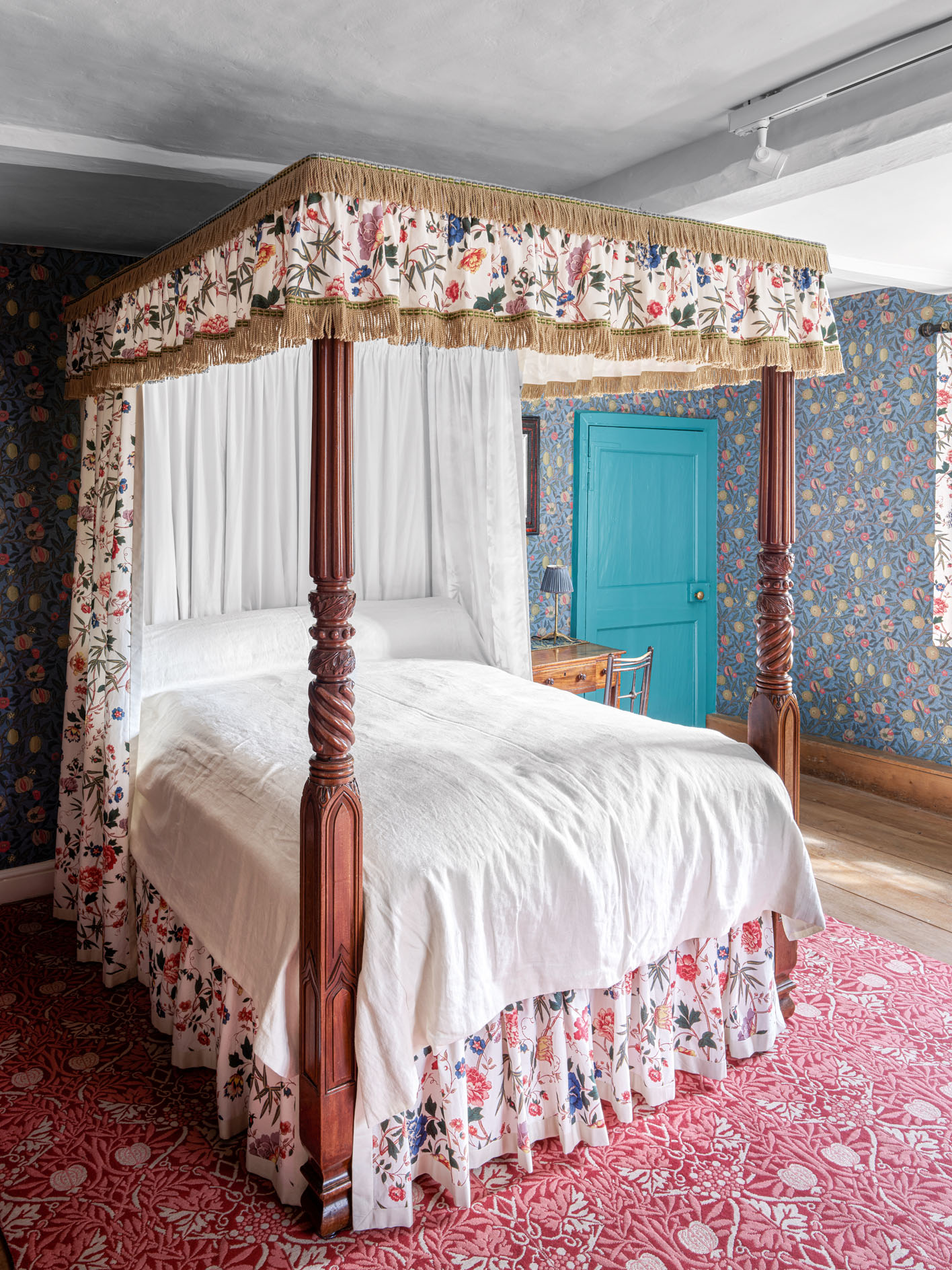
The core of Kelmscott Manor was clearly built in about 1600. With the hall at its centre, the house had a snug, U-shaped plan, with kitchen and services to the south, at the farmyard end, and a main staircase to the north, leading to the principal chambers on the first floor, with at least one parlour, the current Green Room, below. The north part of the 1600 house was extended to the east in the late 1660s, with a new tower-like range of two storeys with attics above providing new servants’ accommodation (Fig 7). A two-storey bay was also added to the north side of the existing parlour range, providing useful closets on two floors. The original gables of the hall range were raised at this time, with ornamental copings and ball finials. This 1660s work was for Thomas Turner, who was granted a coat of arms in 1665 — his carved armorial appears on the stone chimneypiece in the White Room.
The core of Kelmscott Manor is a one-room-deep series of spaces in the medieval tradition, with a single-storey hall and a kitchen, rooms over, and attic spaces under the roof. The front door leads into a screens passage dividing the Old Hall to the north from the kitchen to the south. The Garden Hall (north of the Old Hall) was the principal entrance in the Morrises’ time and this leads to the 1600s main elm staircase (Fig 3).
The screens passage opens into the evocative service yard to the west of the house. The southern side of this yard is formed of a single-storey range of 17th- or early-18th-century stone outbuildings with stone-tiled roofs. Including a brew-house, these originally freestanding buildings were linked to the house in the 19th century. Morris was unusual for an upper-middle-class Victorian man in being interested in cooking, baking and brewing beer.
The parlour on the north-east corner of the house was panelled in the early 18th century and this room has long been known as the White Room. Few major architectural alterations were made to the house between the early 18th century and the 1960s.
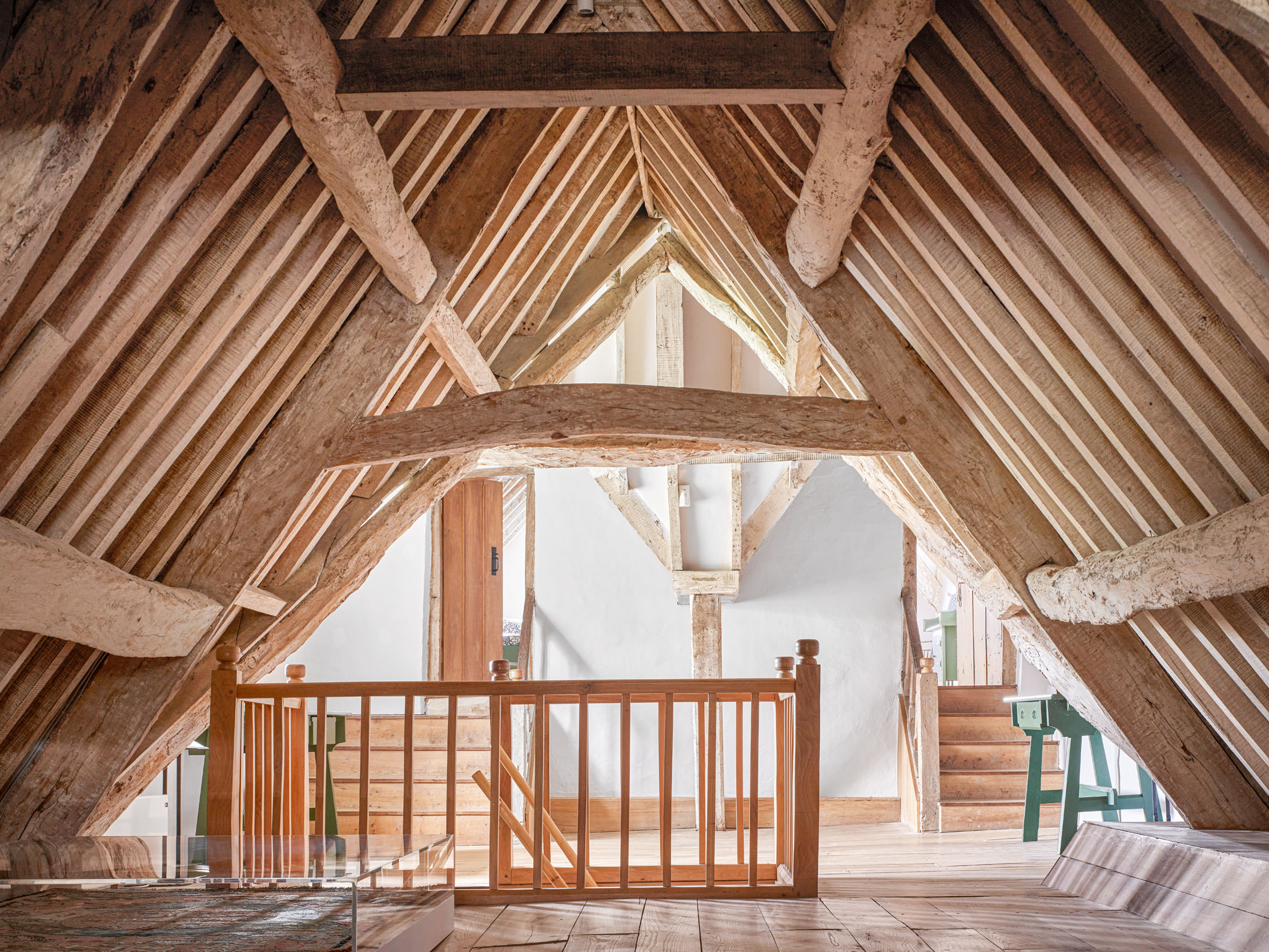
In Morris’s lifetime, the rooms appear to have been sparsely furnished, but cheerfully hung with hand-blocked wallpapers or chintzes made by ‘the Firm’. A late-17th-century Oudenarde tapestry of the story of Samson, which Morris admired for its faded colours, still hangs in the Tapestry Room (Fig 2). This room was originally screened from its northern bay, which formed a closet known as the Powder Closet and used by Rossetti as a bedroom.
After research by Patrick Baty into original paint colours in certain rooms — including the distinctive White Room — Dr Haslam into wallpapers and Annabel Westman into the hangings of Jane’s bed, judicious re-creations have reinstated more of the character of the house during the Morrises’ occupation. Dr Haslam has also relocated certain pieces of furniture in the rooms to read more closely with the 1926 memorandum.
Internal joinery — shutters, door frames and window seats — has been repainted a deep, dark ‘Brunswick Green’, chosen by Morris, and a panelled overmantel designed by Webb, found in an outhouse, has been repainted in Brunswick Green and reinstated in the Green Room (Fig 5), where a boarded screen has also been installed to re-create a lost closet.
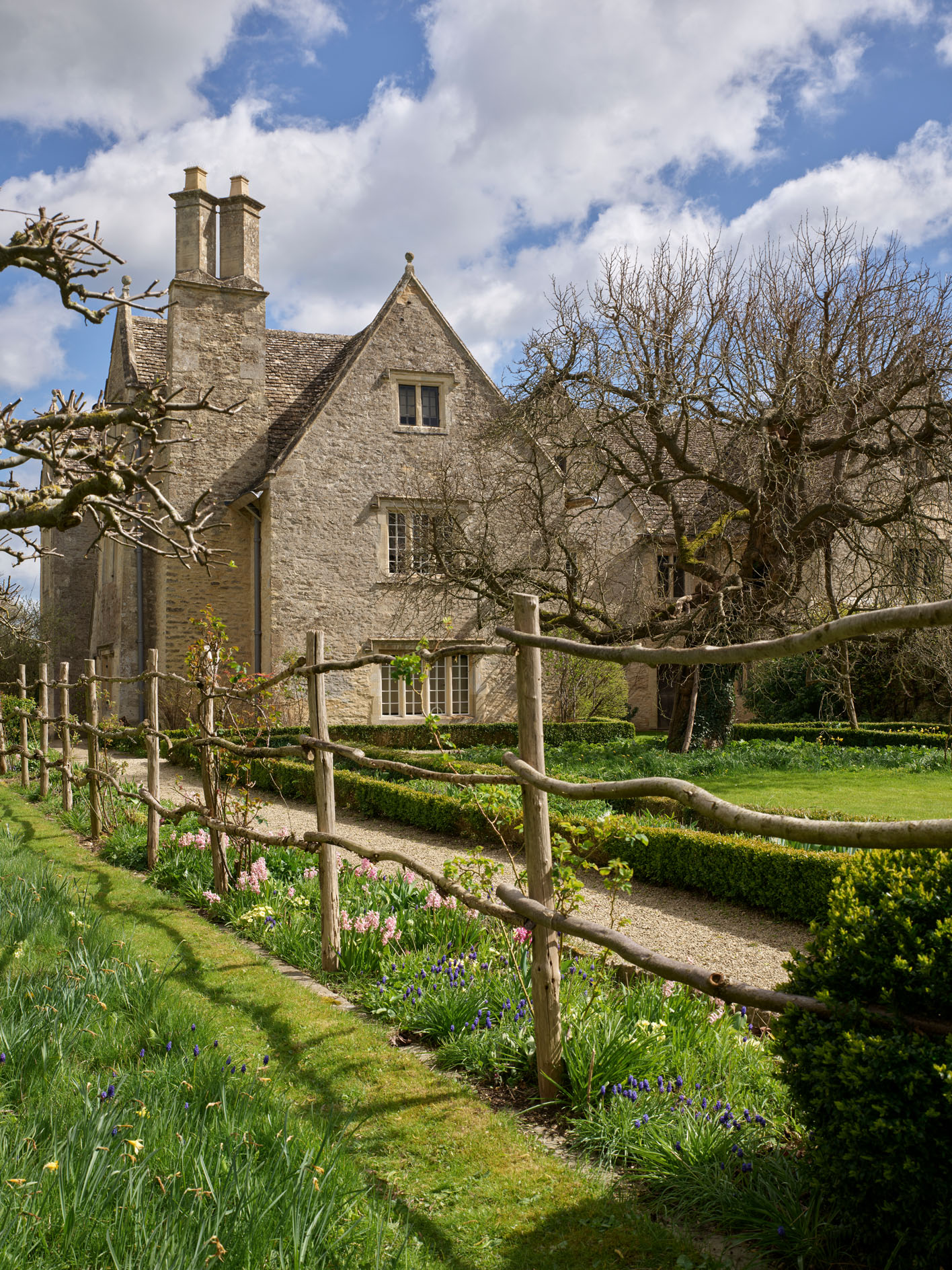
Lily and Fruit hand-blocked wallpapers have been remade by Morris & Co (now part of Sanderson) for the Morrises’ bedrooms (Fig 4), on the evidence of Frederick H. Evans’s 1896 photographs. In the 1960s, Jane’s room (Fig 6) had been redecorated with Morris & Co’s Willow Boughs paper, with bed hangings in the same pattern; those hangings have been replaced by a specially commissioned new version of Small Stem (an 1829 pattern re-printed for Morris, Marshall, Faulkner & Co in the late 1860s by Thomas Clarkson) and visible in the 1896 photograph. These cotton hangings have been printed by Standfast & Barracks of Lancaster, and the bed itself (in which Morris was born) restored by A. T. Cronin Workshop. The refurbishment of the bedrooms in particular conjures up the richly coloured naturalism that sits at the heart of the Morrisian vision. Outside the bedrooms, for the landing, the wallpaper known as Daisy has been re-created.
The gardens to the east, north and west of the house were replanted in the 1990s, using plants known to have inspired Morris. There are two substantial barns (originally for crop storage and stock), and a dovecote and stable close to the house, forming an important group of faithfully preserved vernacular buildings. A new education building in the form of a thatched single-storey timber building has been designed by Architecton and built on the axis of a lost, thatched cow byre, re-creating the farmyard enclosure Morris knew and paying homage to the traditional crafts he so admired.
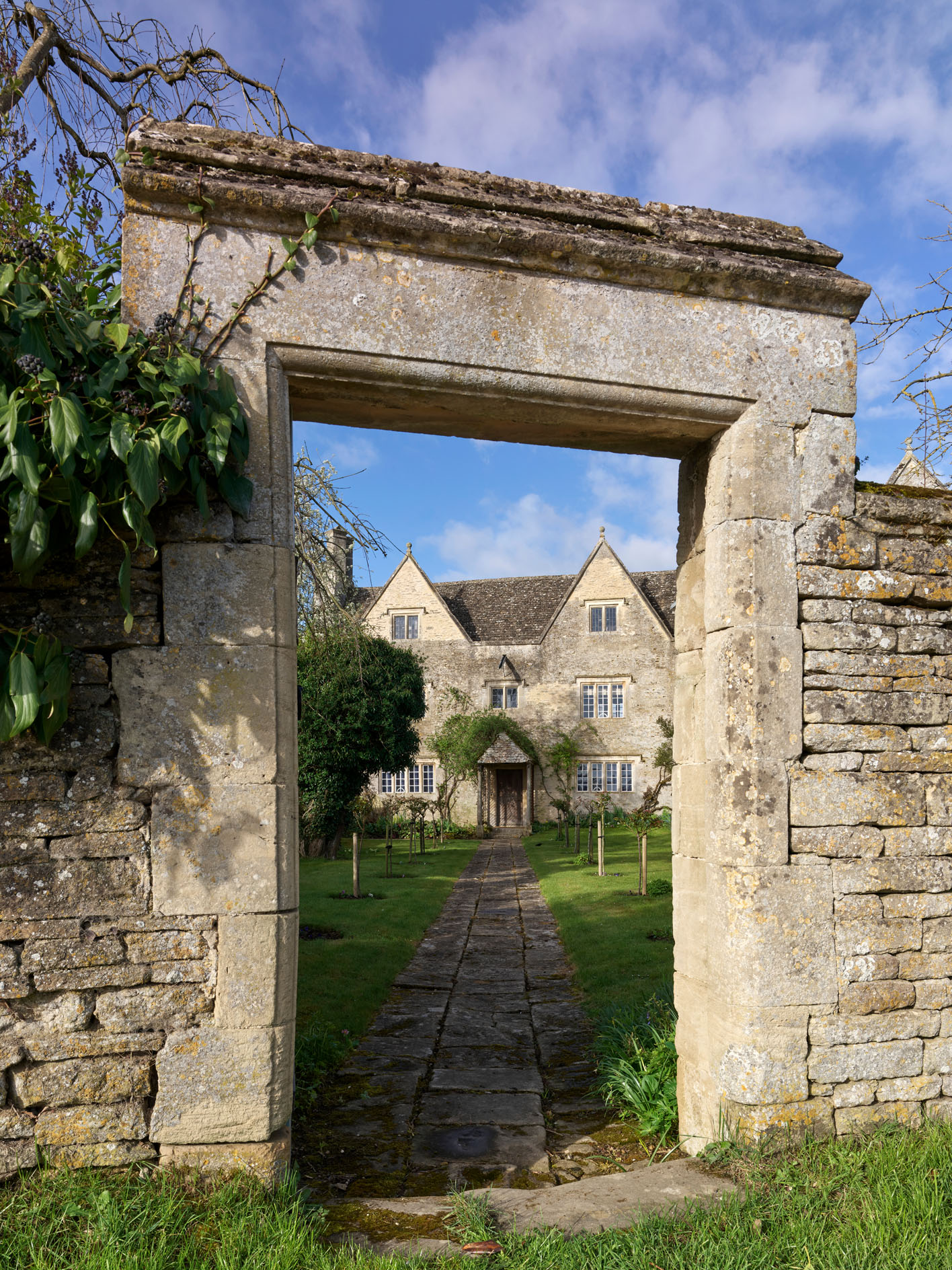
The lawn between the tearoom barn and the granary was formerly a rickyard; in an 1881 letter to Georgiana Burne-Jones, Morris wrote of the thatchers ‘putting the bright straw cap to the new rick: yesterday they were carrying the wheat in the field along our causeway and were stacking it in our yard: pretty as one sat in the Tapestry Room to see the loads coming in between the stone walls’.
Kelmscott Manor has always been an active, yet peaceful place. Writing to his friend the printer Emery Walker in August 1888, Morris added a postscript: ‘As everybody may be out when you come look under the mat and you will find the house key. Enter and be happy.’ This gentle exhortation is the spirit the Society of Antiquaries have sought to preserve and enhance in its carefully researched refurbishment, which can now be shared afresh with an interested public.
For information about opening hours, visit www.sal.org.uk/kelmscott-manor
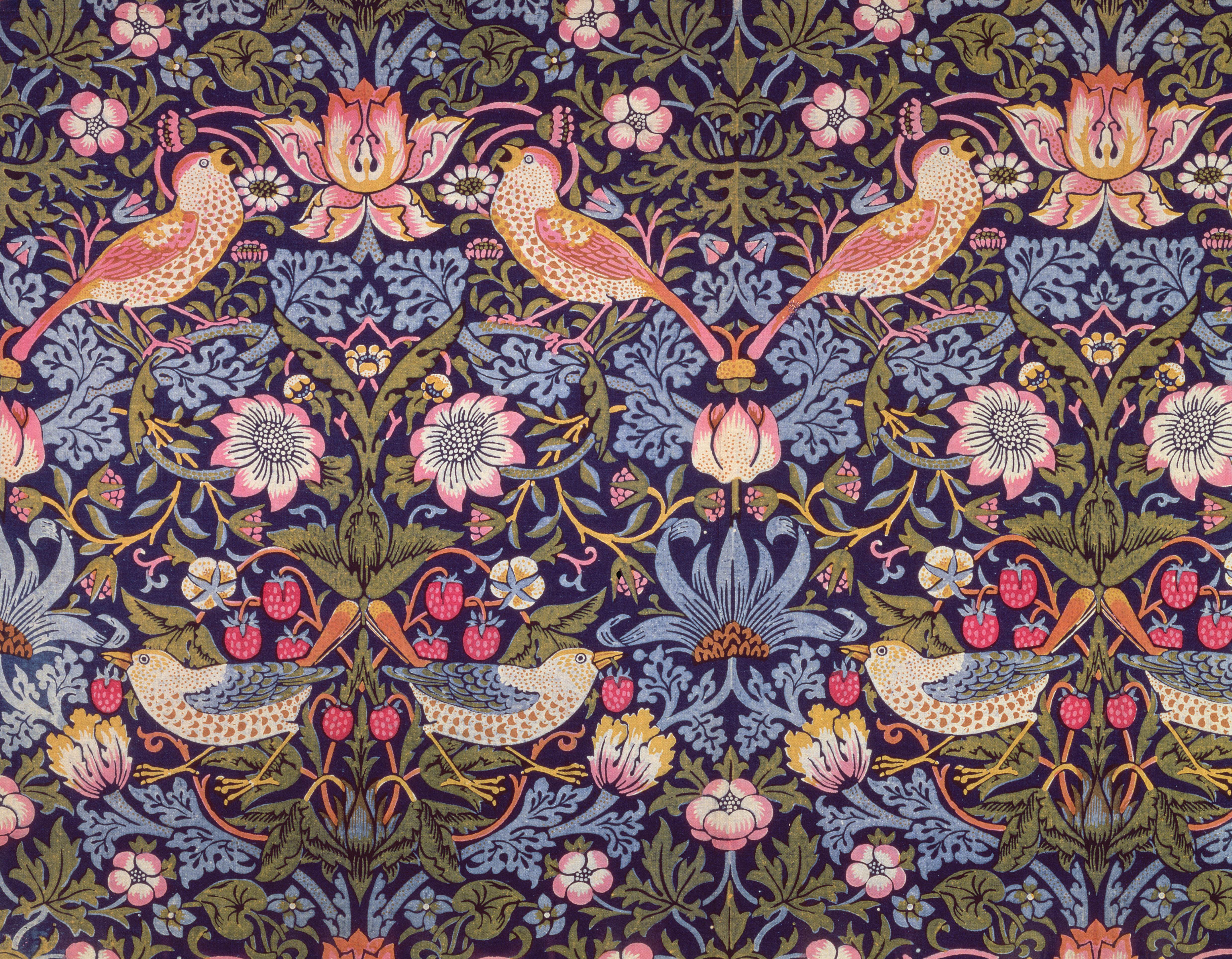
In Focus: The extraordinary William Morris, the man for whom the word polymath was coined
Famous for urging us to have nothing in our homes that is not useful or beautiful, William Morris’s masterful command
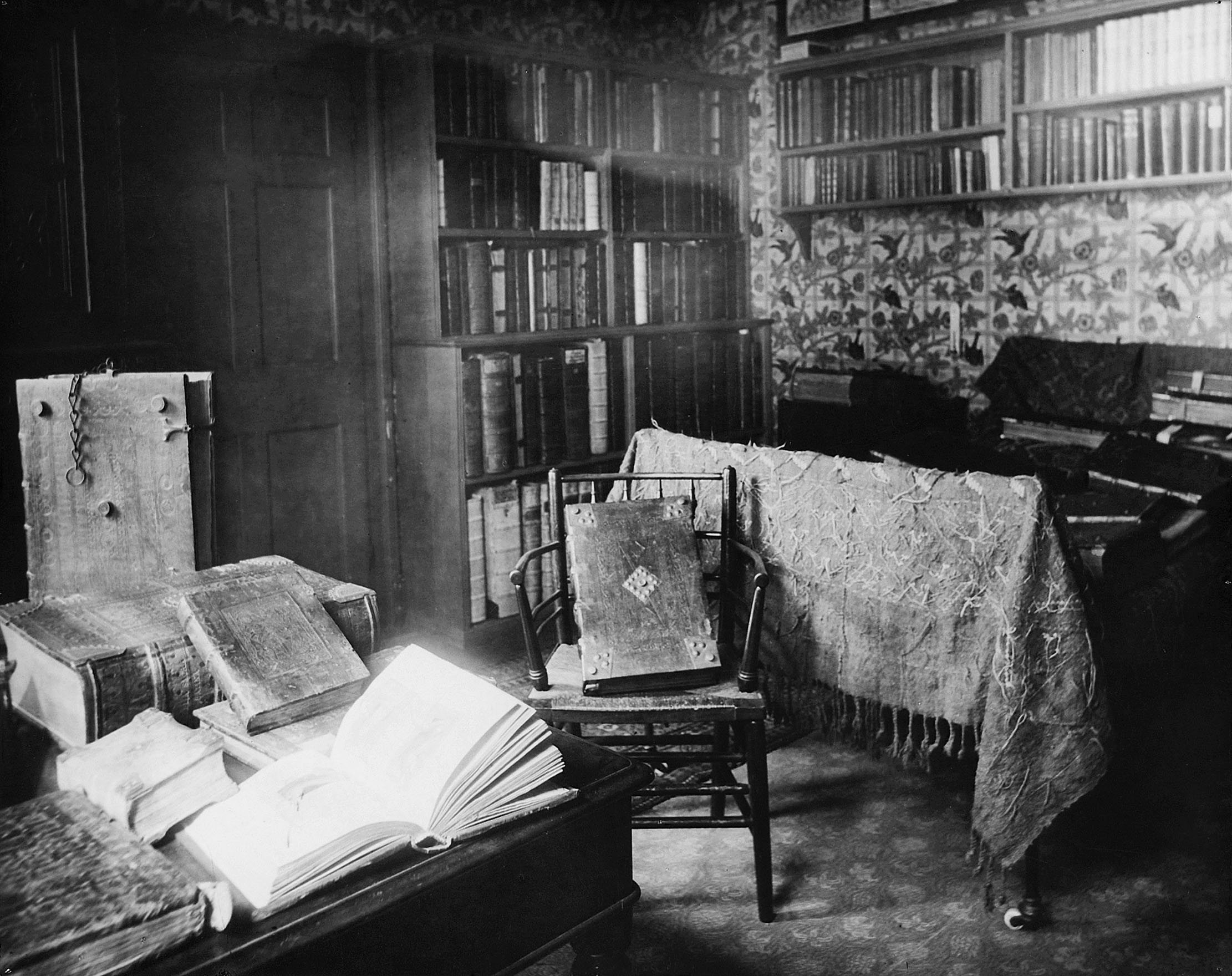
How William Morris transformed his London home: 'Let us hope we shall all grow younger there, my dear'
William Morris's London home was just as remarkable as his country houses, as Clive Aslet discovered during a visit to
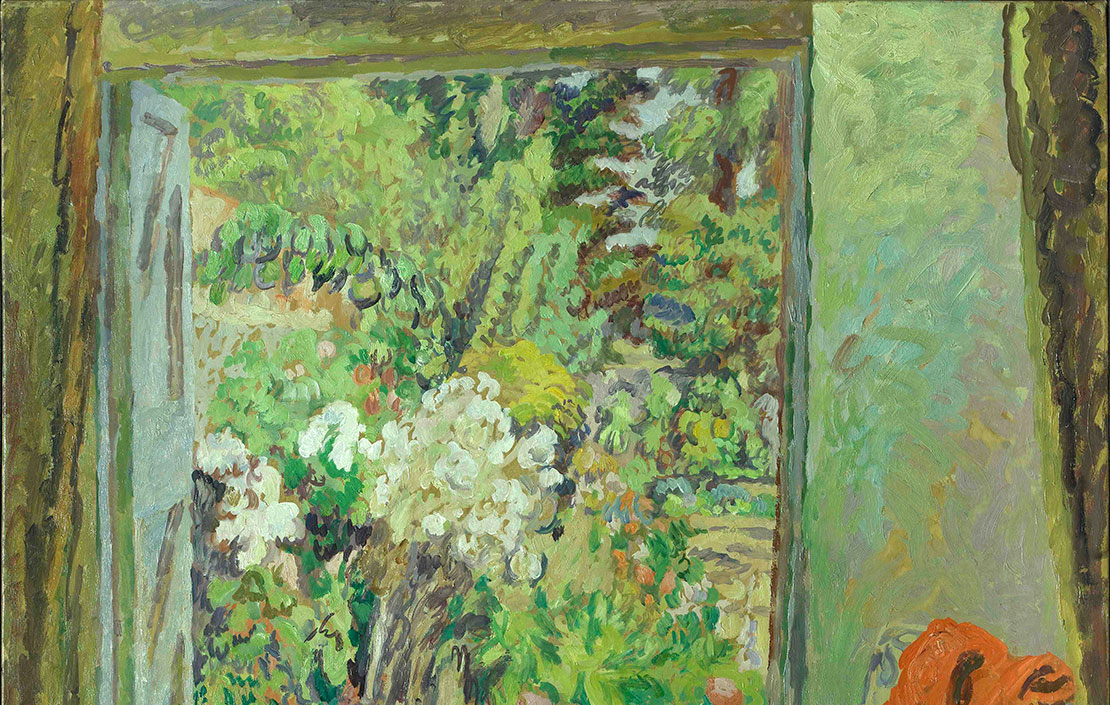
In Focus: The work by a Bloomsbury Group stalwart which fuses nature, nostalgia and Impressionism
Britist artists Duncan Grant's wonderful versatility allowed him to mix traditional and modern, natural and man-made, as this picture on
-
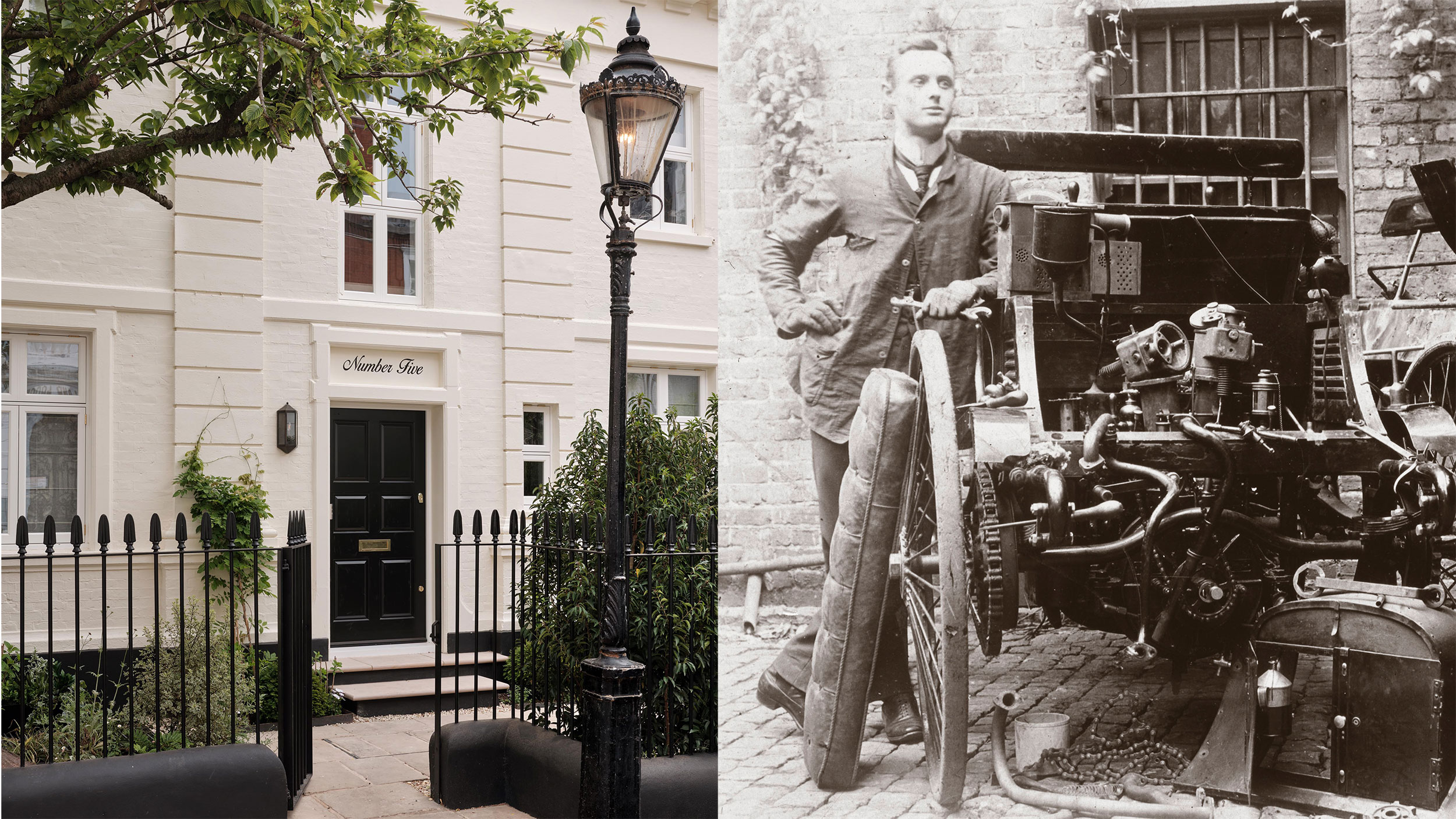 The London house where Rolls-Royce's co-founder Charles Rolls tinkered with his very first car is for sale at £17 million
The London house where Rolls-Royce's co-founder Charles Rolls tinkered with his very first car is for sale at £17 millionCharles Rolls, the engineer and co-founder of Rolls-Royce, got his hands dirty when using the stables of this fine London home as a makeshift garage. Annabel Dixon reports.
-
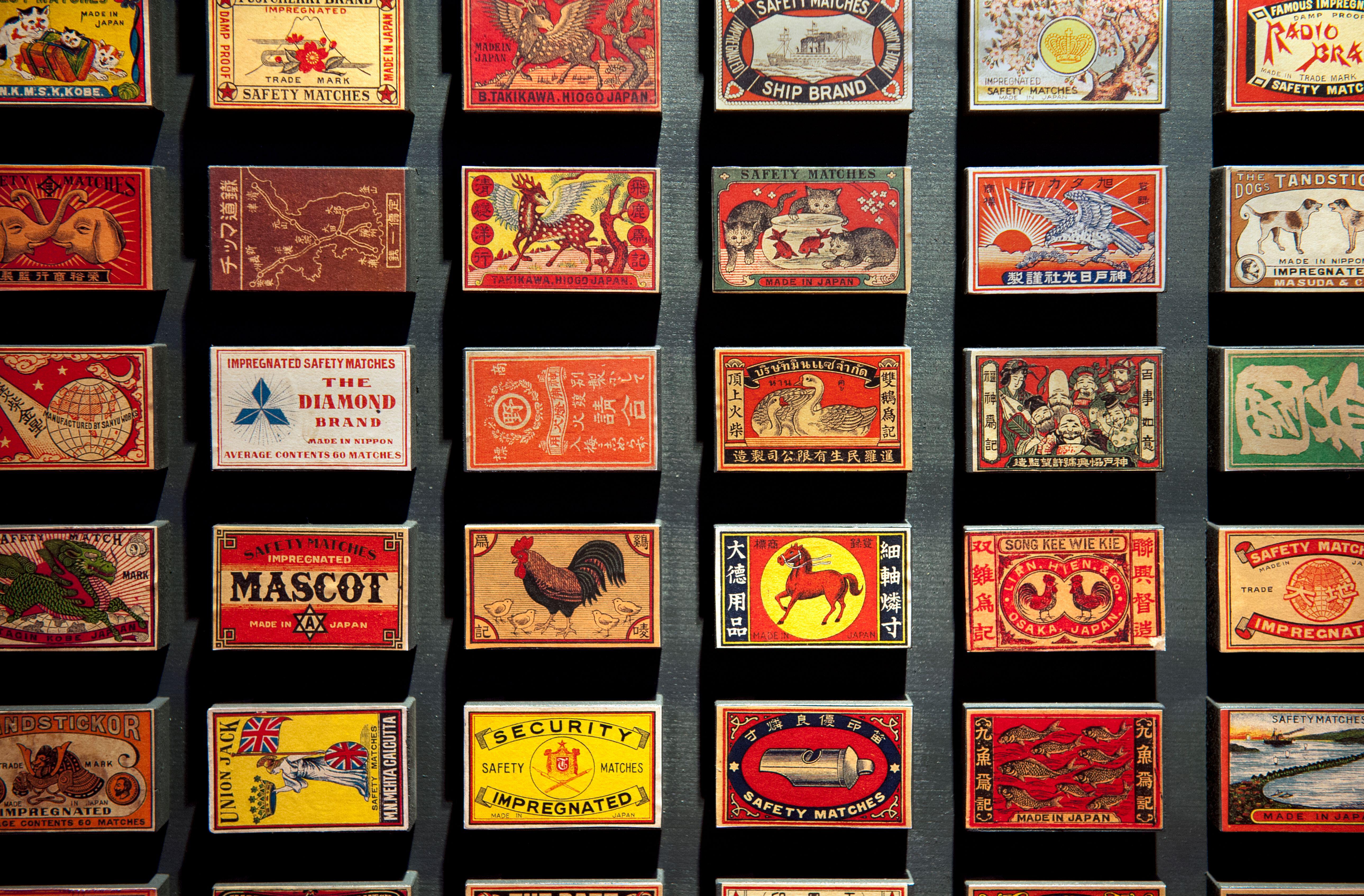 The sparkling history of the match and why its inventor never got the credit he deserved
The sparkling history of the match and why its inventor never got the credit he deservedWe’ve been using matches for 200 years–but, as Rob Crossan discovers, the story of how they came to be is far more colourful (and hair-raising) than we might imagine.